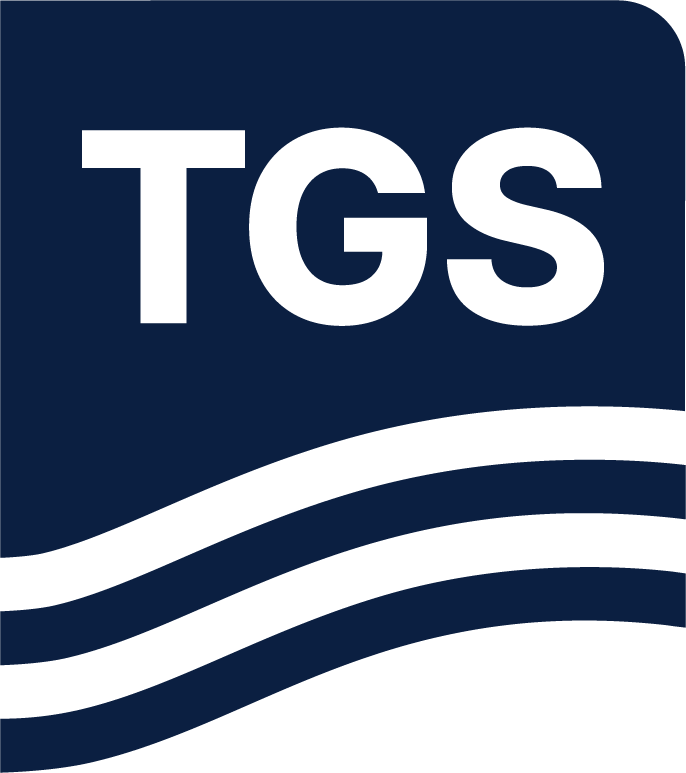Paper Summary
A good image of the seabed and shallow subsurface is crucial for activities such as windfarm site characterization. To generate a good image, it is usually necessary to attenuate the ghosts in early stage of the processing. However, deghosting of Ultra-High Resolution Seismic data (UHRS) is challenging. As the sea state continuously varies during acquisition, the actual source and receiver depths from the sea surface reflection point continuously fluctuate from the nominal depth leading to very high variability in the ghost arrival times relative to the original reflection. We present on real field data that a deep learning network can be used to simultaneously perform both source and receiver deghosting. The inversion based deghosting is used on a very small subset of data to create the training data for the network. We show that the performance of the trained network on unseen data from the same survey is robust and is suitable for both fast track and full integrity processing. We also discuss how trained network can very quickly be tuned if it encounters new data with, for example, unseen receiver depths. With such trained network, deghosting can be performed very fast and consistent.

